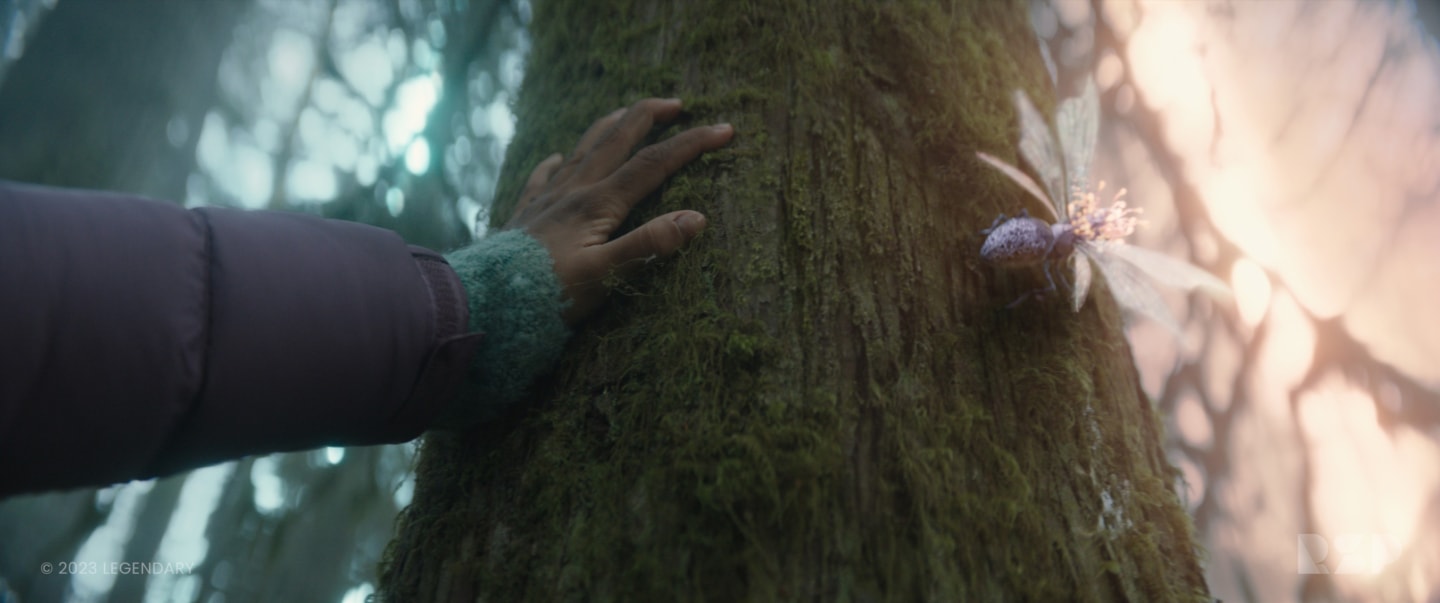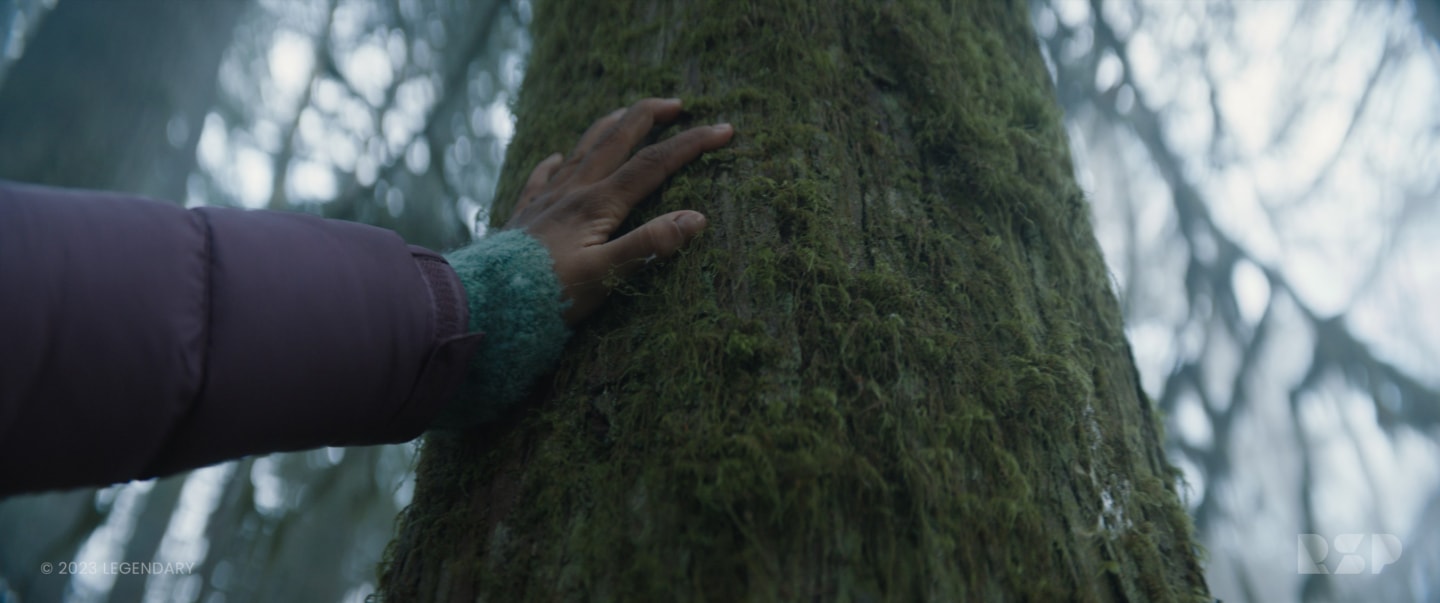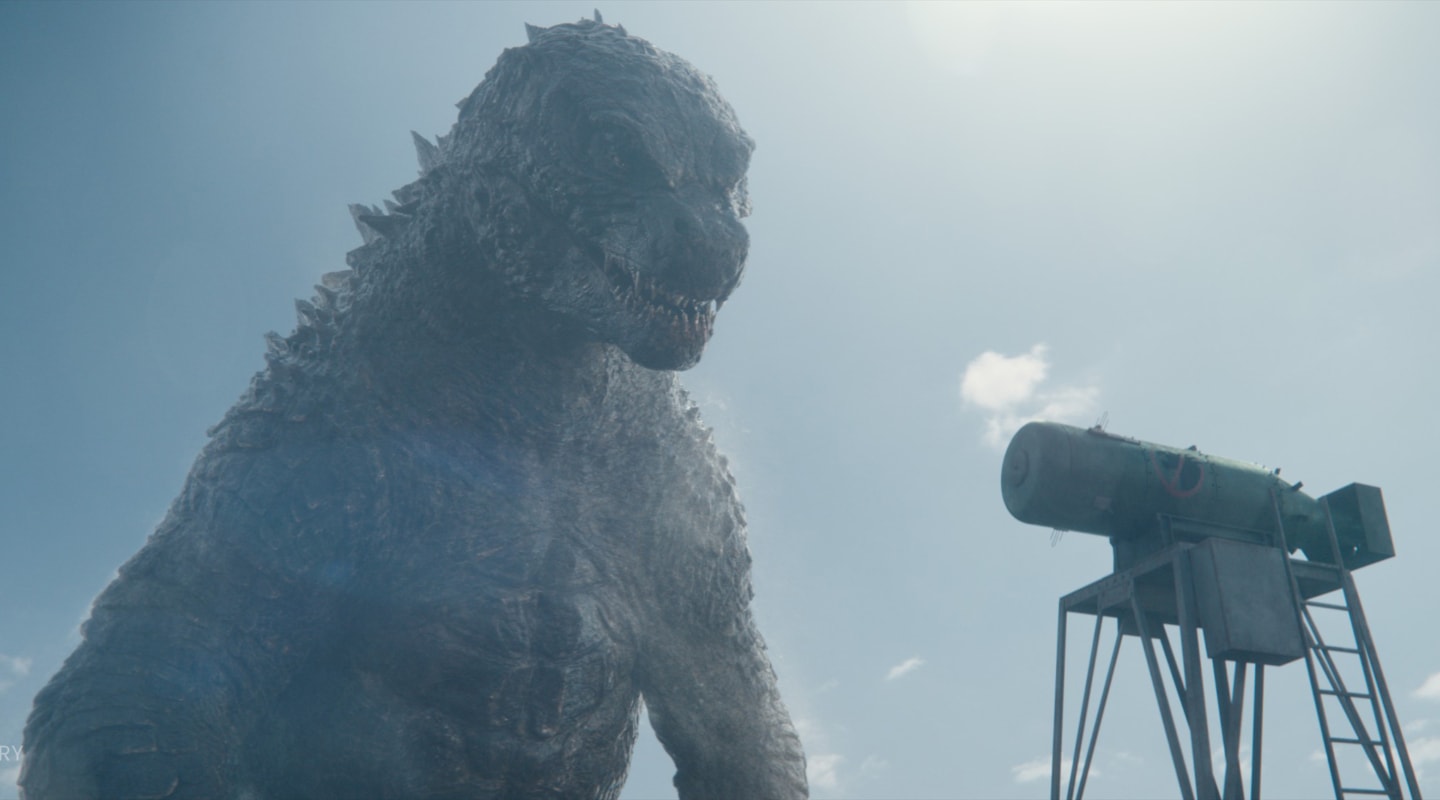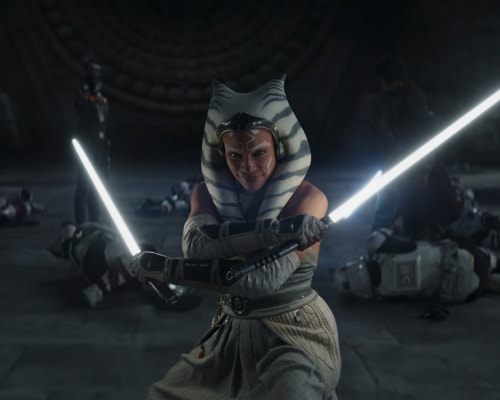MONARCH: LEGACY OF MONSTERS
Rising Sun Pictures Delivers Larger-Than-Life VFX for Apple TV+ “Monarch: Legacy of Monsters”
Rising Sun Pictures (RSP) helped to conjure Skull Island, mysterious home to King Kong and other terrifying mega-creatures for the new Apple TV+ series Monarch: Legacy of Monsters. The studio also produced a hydrogen bomb blast and many other dazzling visuals as part of a diverse package of over 143 VFX shots for the series’ 10-episodes, first season.
PLAY
REEL
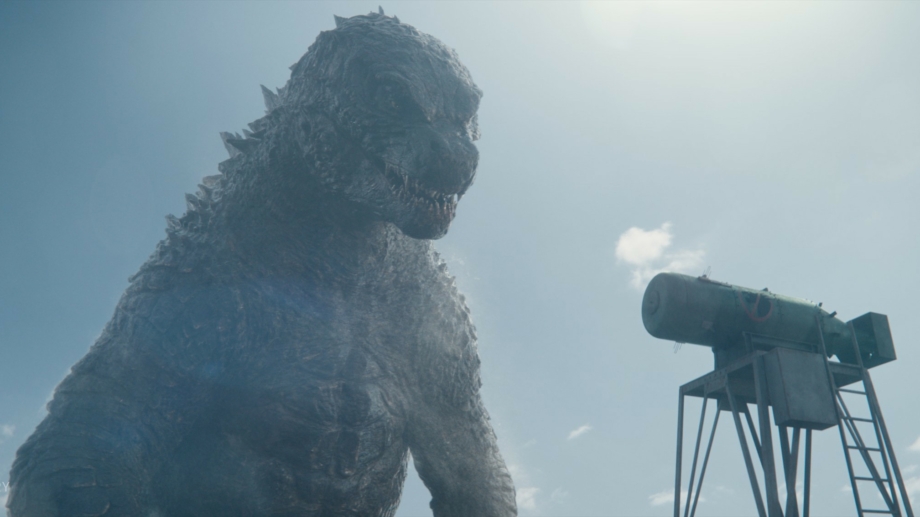
April 2024 - The latest addition to Legendary’s Monsterverse, Monarch: Legacy of Monsters tracks two siblings as they uncover their family’s connection to the secretive organization known as Monarch. The series is executive produced by Matt Shakman, Joby Harold and Tory Tunnel, and stars Kurt Russell, Wyatt Russell, Anna Sawai, Kiersey Clemons, Ren Watabe, Mari Yamamoto, Anders Holm, Joe Tippett and Elisa Lasowski. The Production VFX Supervisor is Sean Konrad and Production VFX Producer is Jessica Smith.
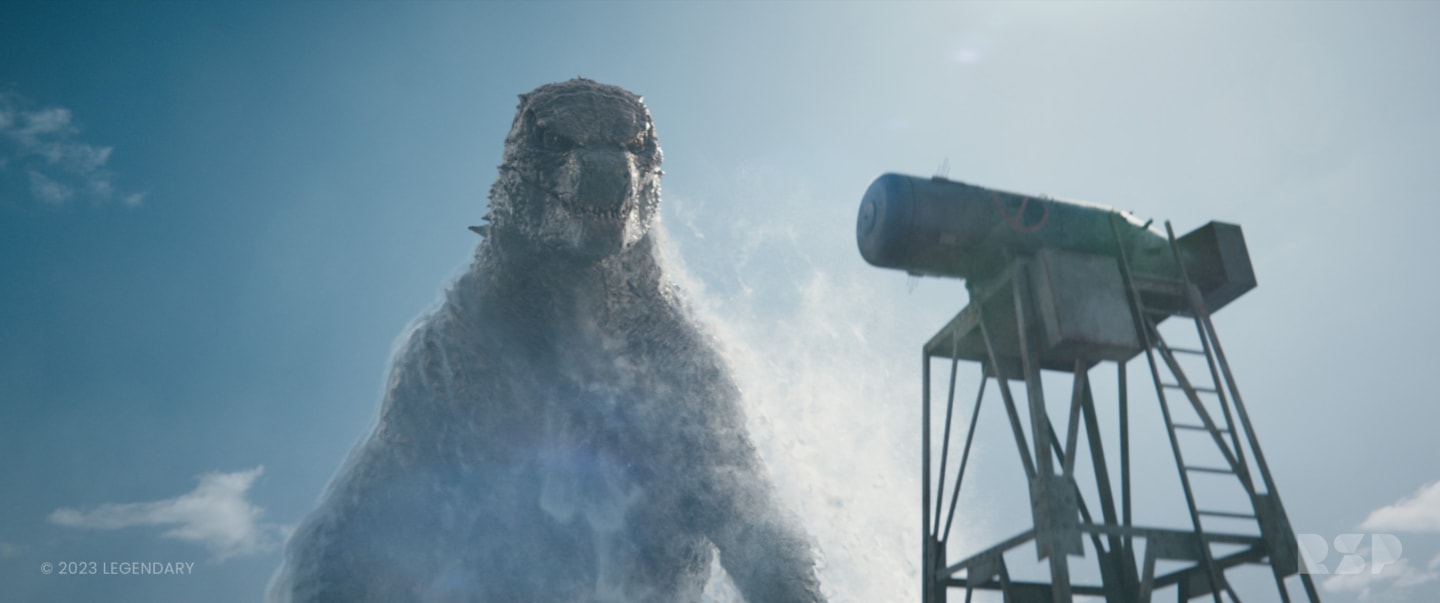

Skull Island is featured in the series’ first episode which includes the surprise appearance of Bill Randa (John Goodman), who died while leading an expedition to the island in the 2017 film Kong: Skull Island. In the episode’s opening flashback, Randa is pursued through a bamboo forest by a giant spider and attacked by a mammoth crab.
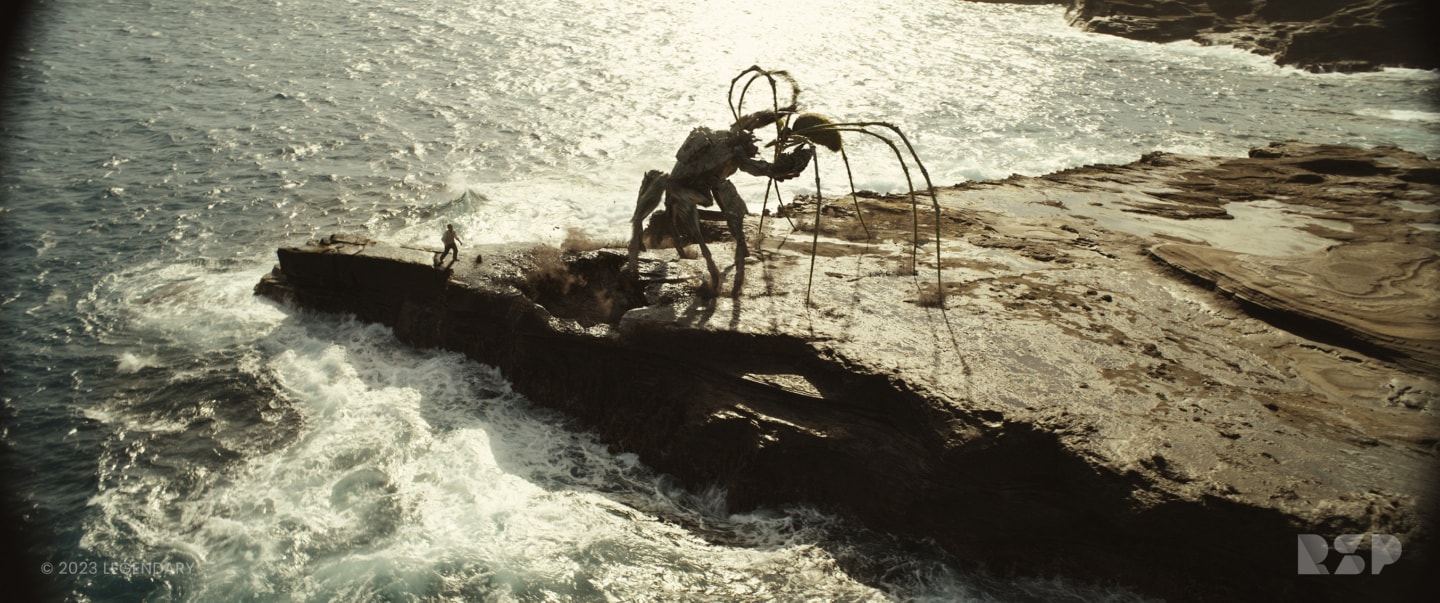
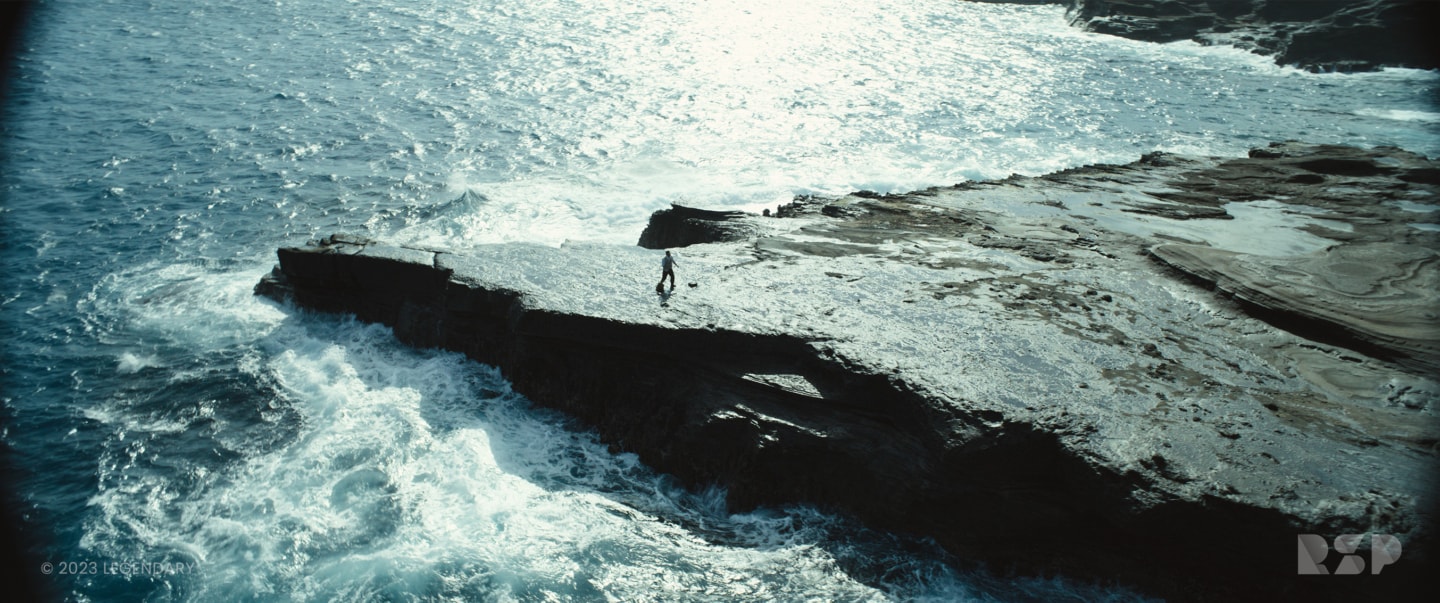
RSP’s team created a 3D set extension for the practical Hawaiian location used to represent Skull Island.
“We produced several environmental extensions, including the bamboo forest, rock formations and various types of terrain.”
“We created the island’s exterior with limestone islands—like those in Vietnam’s Halong Bay—visible in the distance. We also integrated John Goodman, who was shot against blue screen, along with the two giant CG creatures.” RSP VFX Supervisor, Marc Varsico.
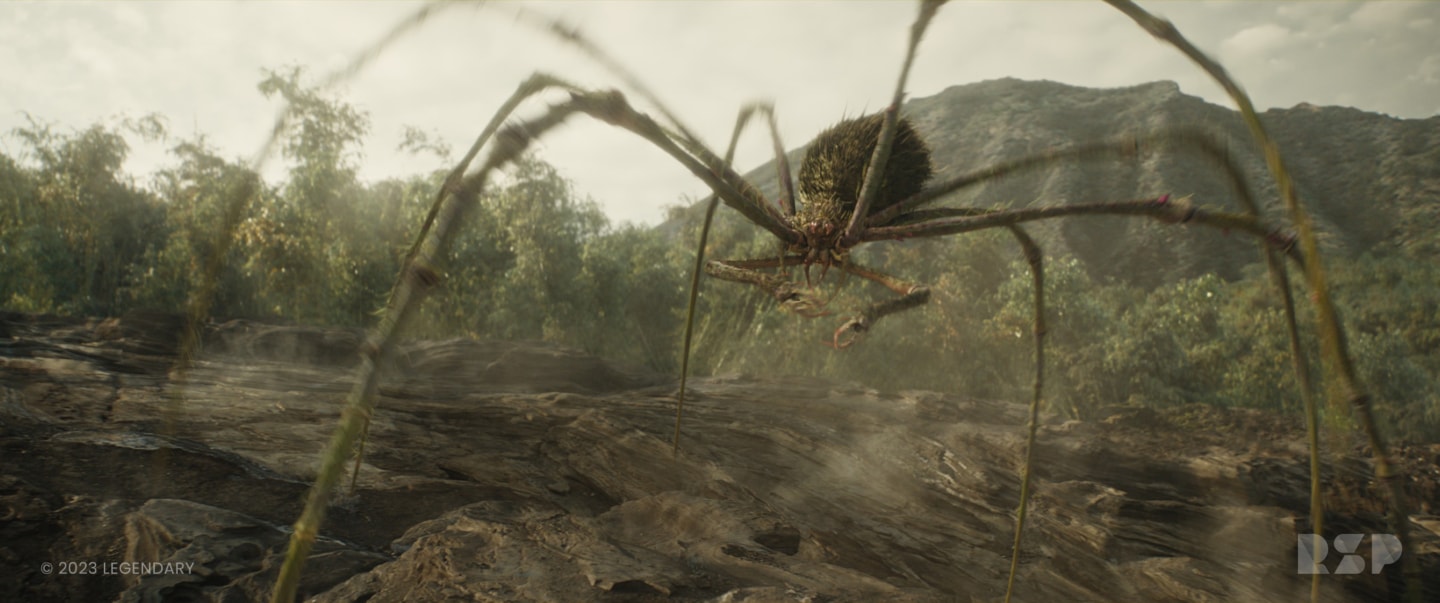
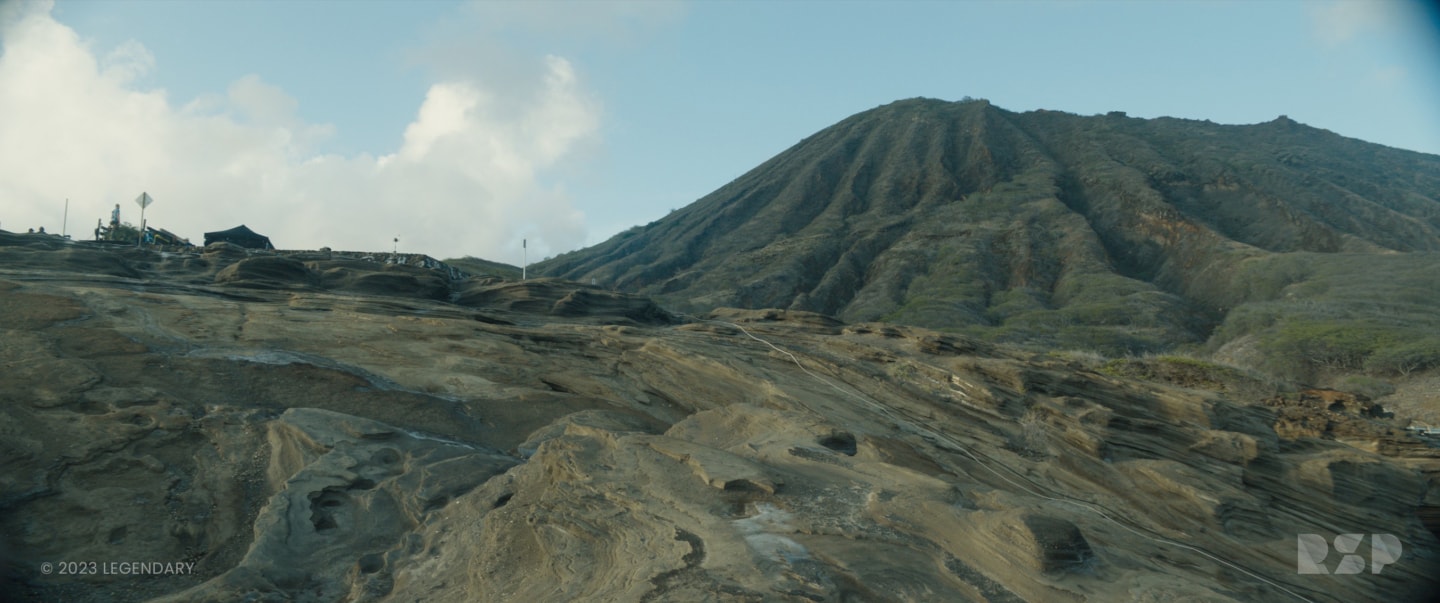
The Skull Island set extensions formed a 270-degree panorama to work with a variety of camera perspectives. “We had south views, north views and some west views,” notes Comp Supervisor Christopher Elson. “The action begins deep in the forest and ends on a cliff above the ocean. The cliff edge required blue screen coverage and that presented a challenge in terms of maintaining consistency in color and lighting. The south view looks over the ocean where we added a thick cloud bank that shrouds the island from the outside world.”
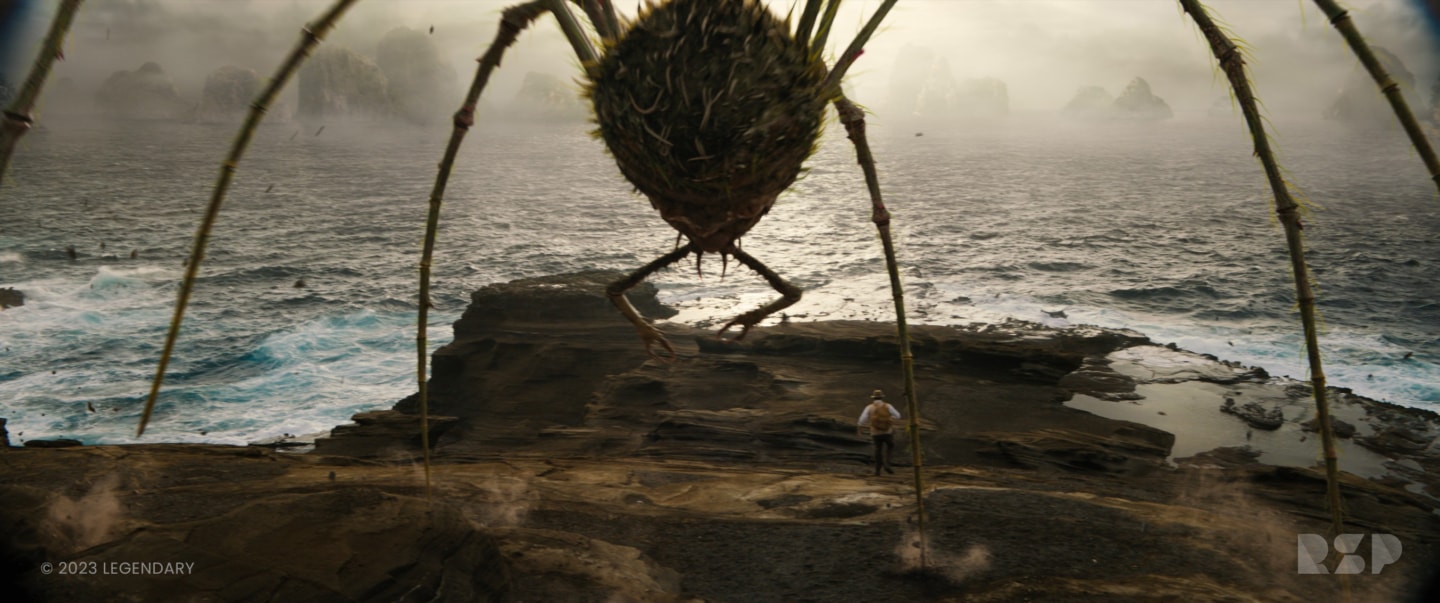
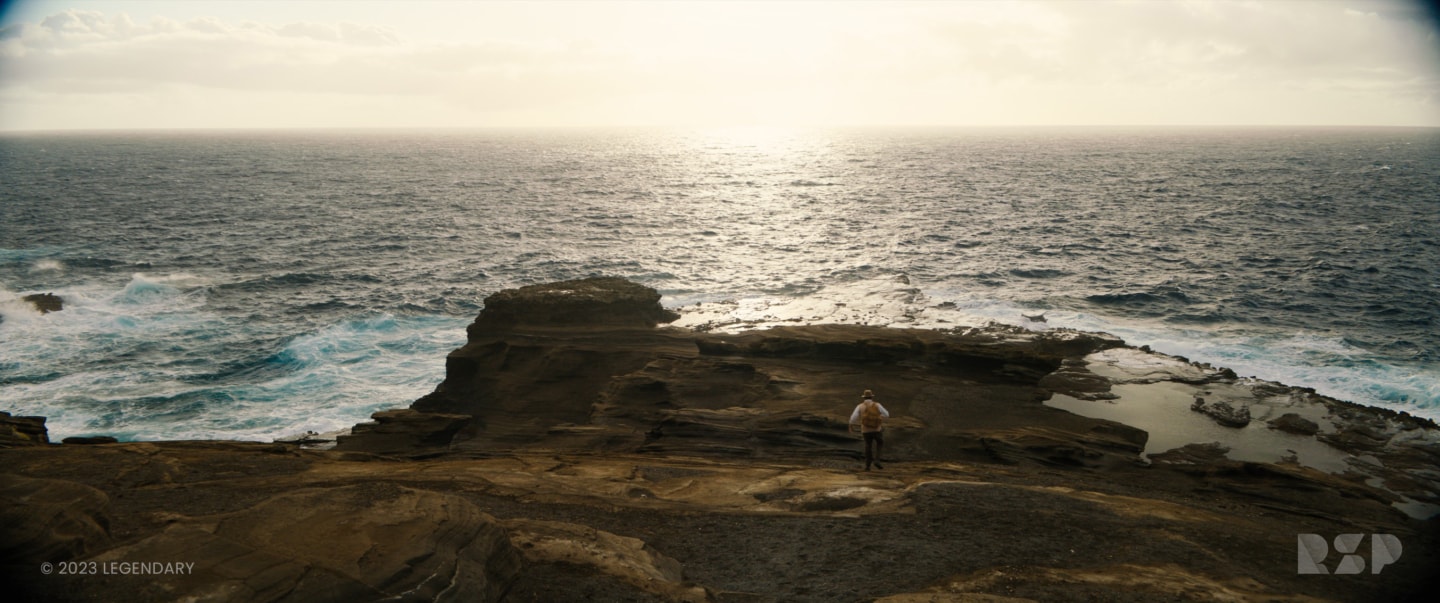
Integrating the two CG creatures was also an interesting challenge as each blends into the island environment. “The monstrous crab – Mantle Claw - is hidden among some rocks,” explains CG Supervisor Jerry Tung. “We experimented with various rock formations and natural crab features to arrive at a balance between the two. Similarly, the spider is camouflaged by the bamboo forest and our job was to make it feel as though, if it didn’t move, you wouldn’t know it’s there.”
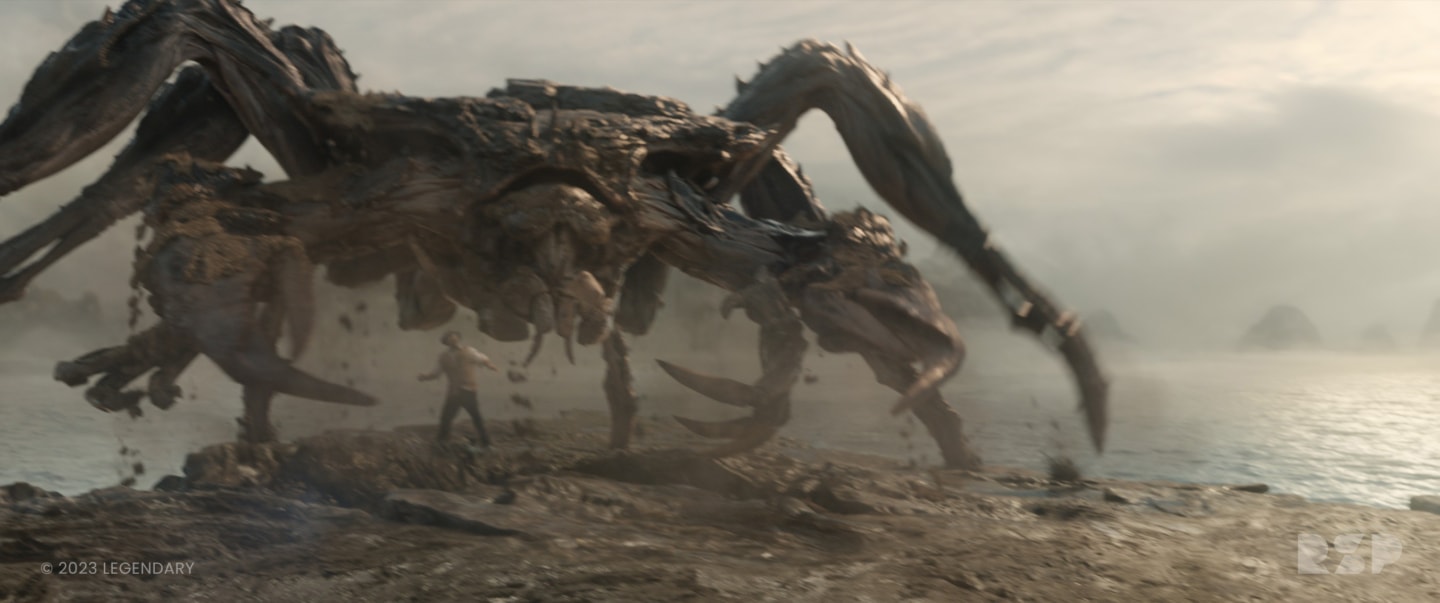
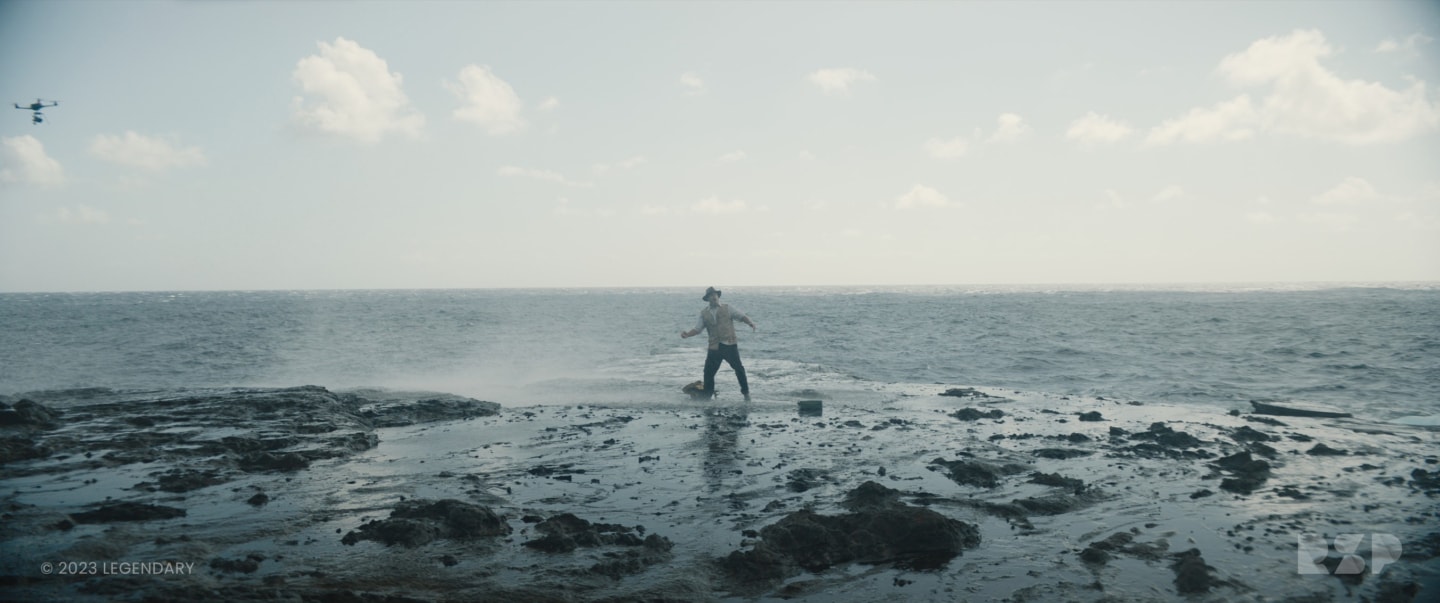
Additional, subtle effects help to ground the creatures into the environment. “We added foot impacts for both the crab and the spider,” Varisco notes. “Stalks of bamboo bend and snap as the spider emerges from the forest. When the crab appears, it’s augmented by sand simulations and dripping water. It was a great sequence…more than 50 shots. It starts the show off with a bang.”
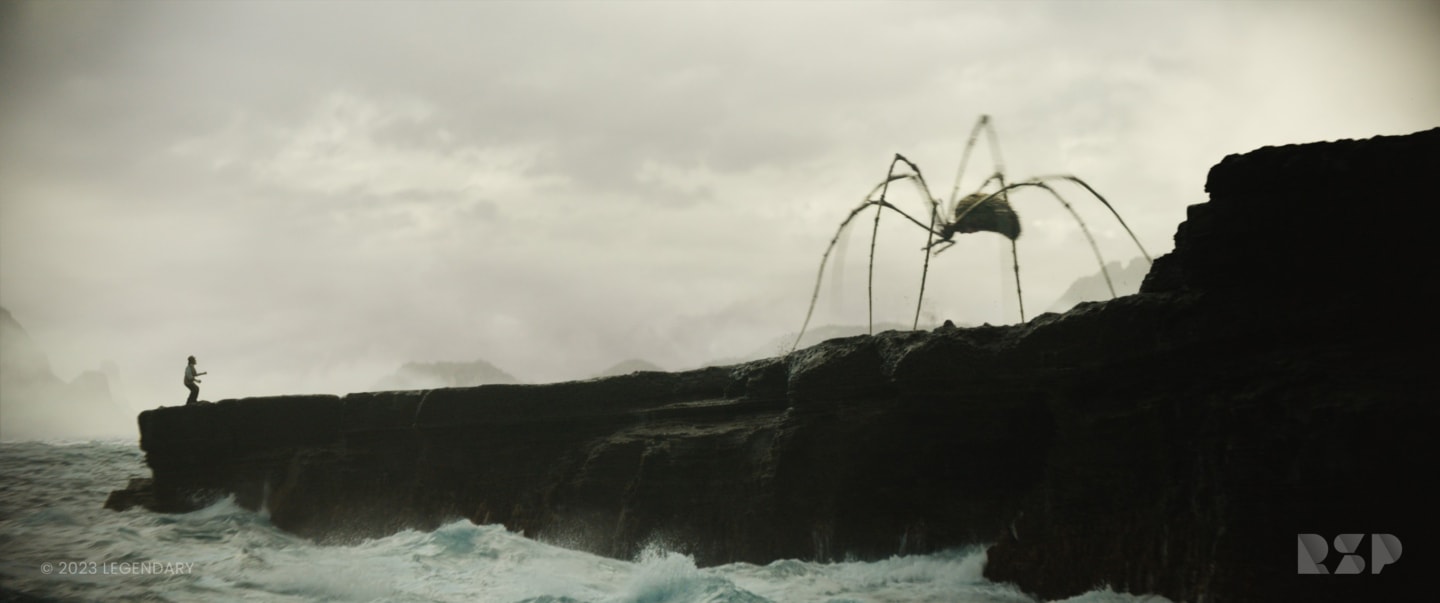
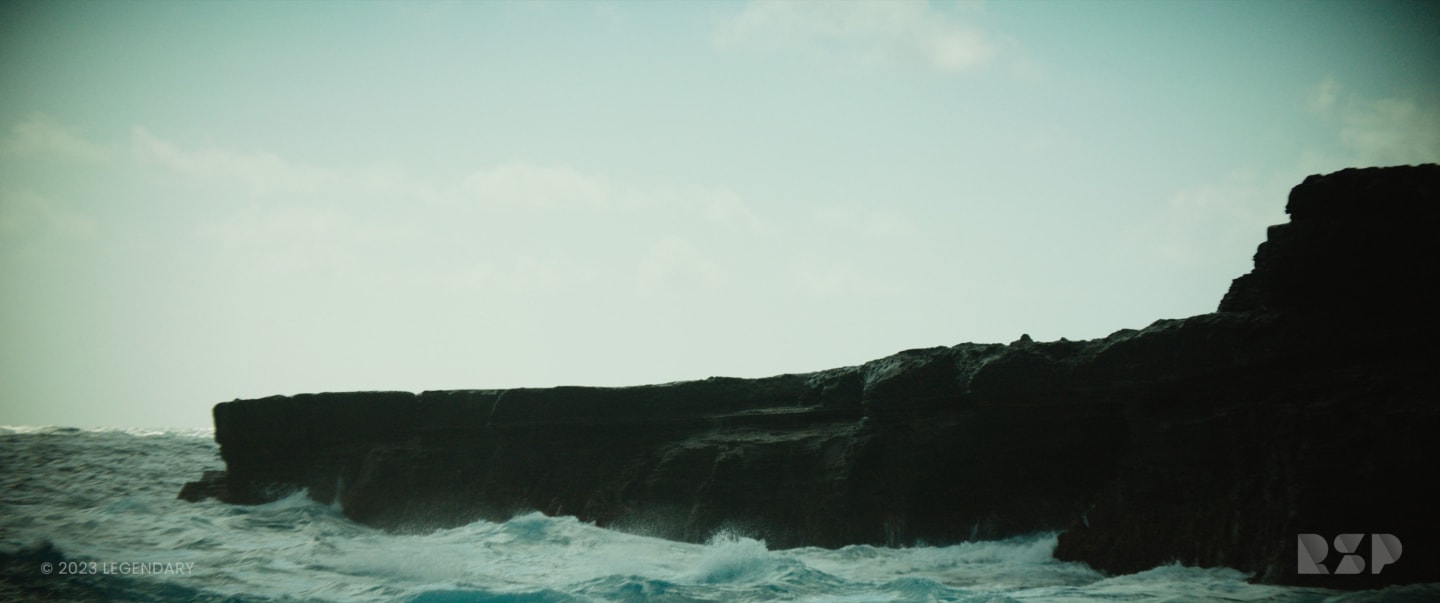
RSP also created set extensions for a sequence set in the 1940s on the Bikini Atoll where a hydrogen bomb test precedes the first appearance of the series’ scariest creature: Godzilla. A single practical location was used to represent both Bikini and a second Mashall island, so digital matte paintings and other alterations were required to distinguish between the two.
“The real-world nuclear tests that took place on Bikini were among the most photographed events in history, so we had a lot of contemporary reference footage to draw on.” RSP Compositing Supervisor, Christopher Elson.
“The nuclear blast that we created for the sequence is different from the way they are typically depicted. We don’t reveal the mushroom cloud. Instead, we focus on the pressure wave and vaporized water.”
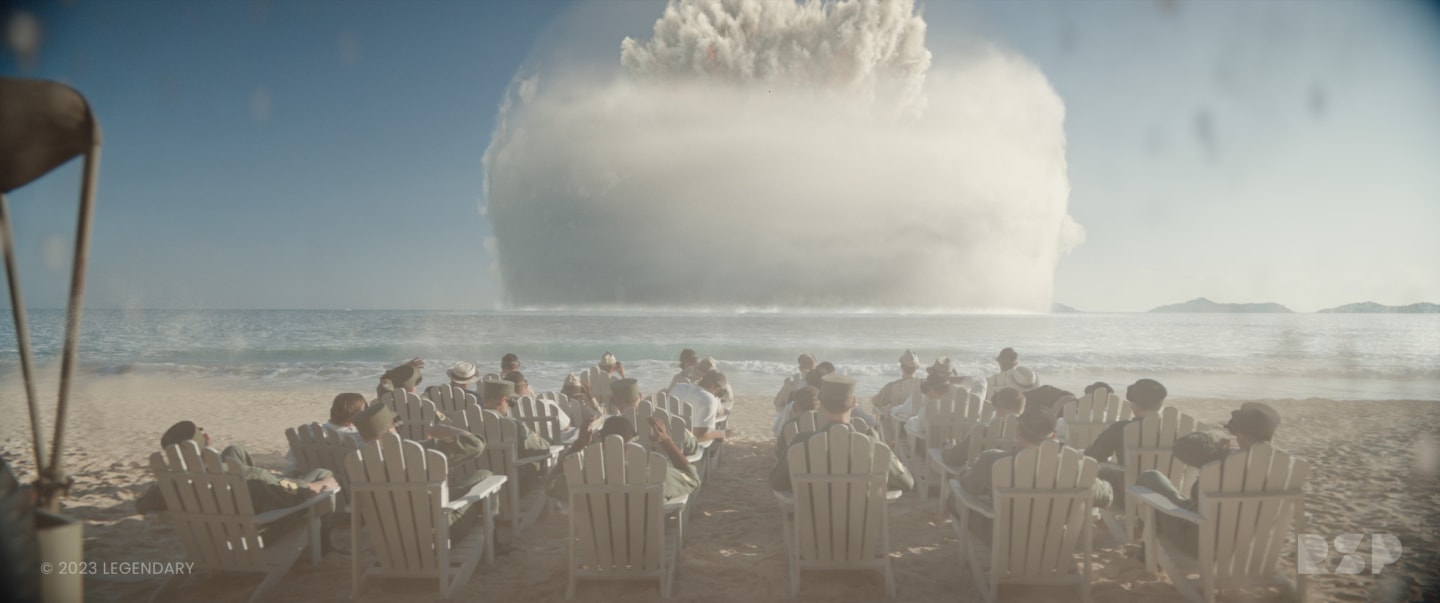
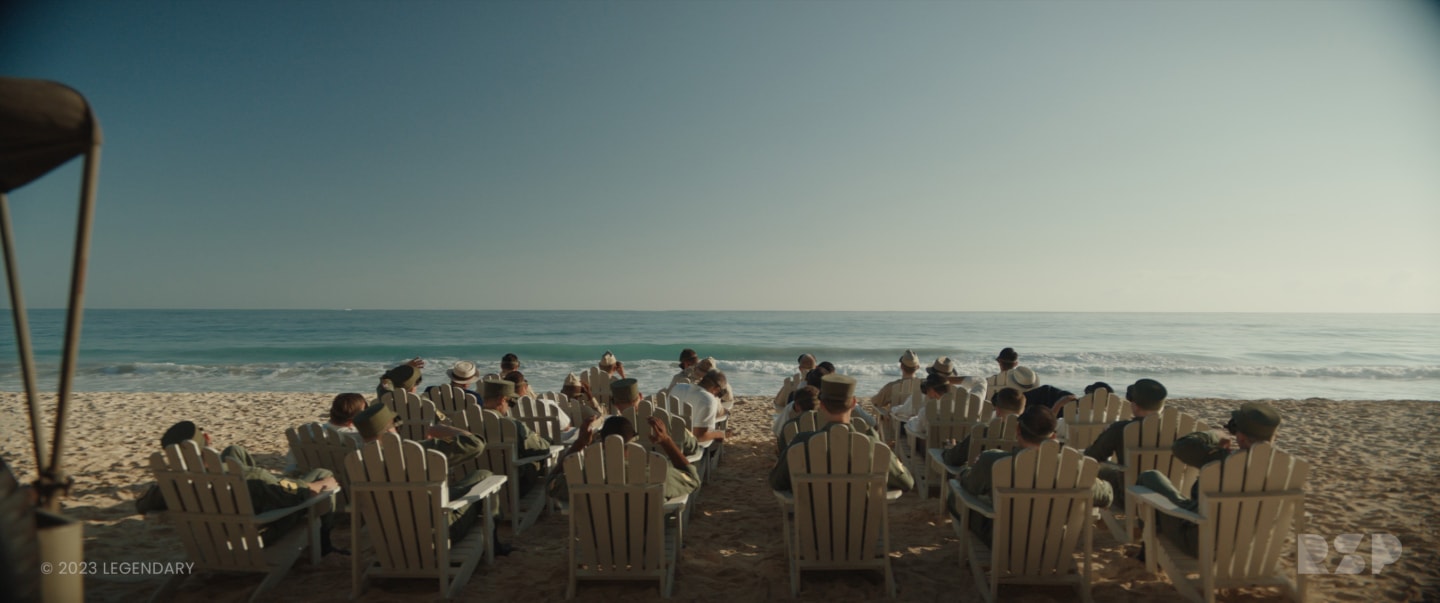
The team also added Godzilla to the scene. The giant reptile’s dorsal plates snake through the water, before the full creature rises “We were working with a Godzilla model used in the 2014 film,” recalls Tung. “It was created for mid-range views, not for close-ups, and needed enhancement. Our team did a great job of sculpting and augmenting skin texture, while staying true to the design.”
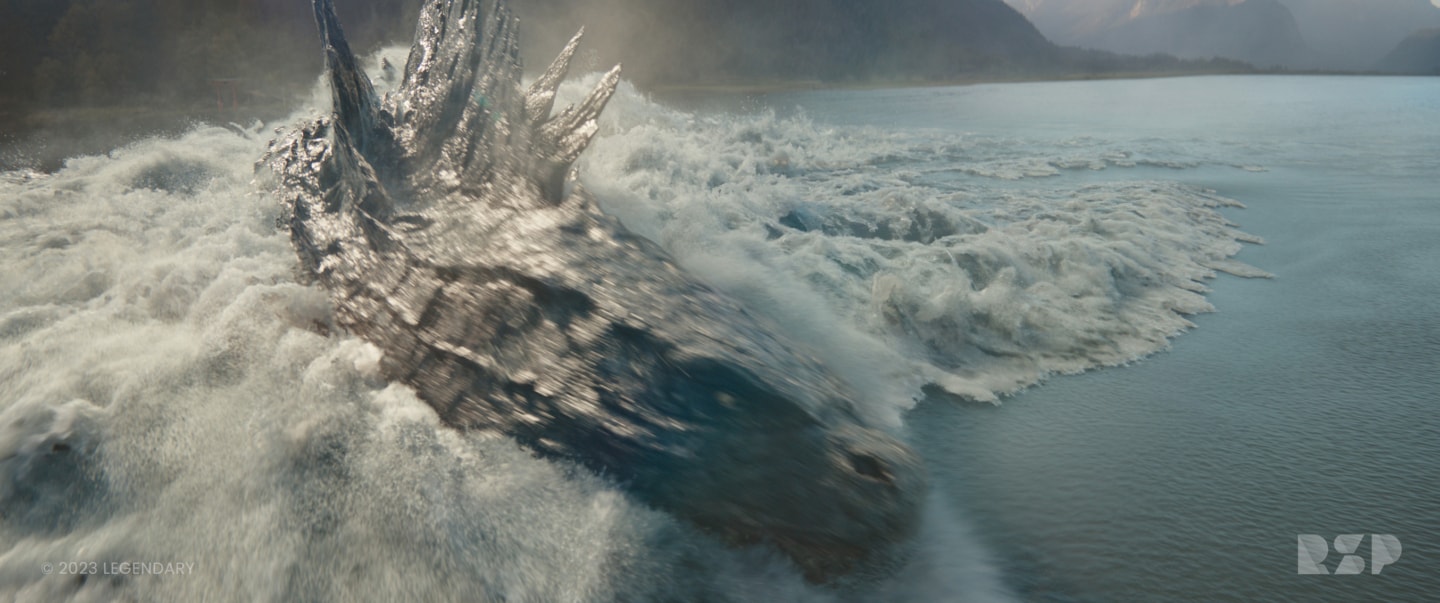
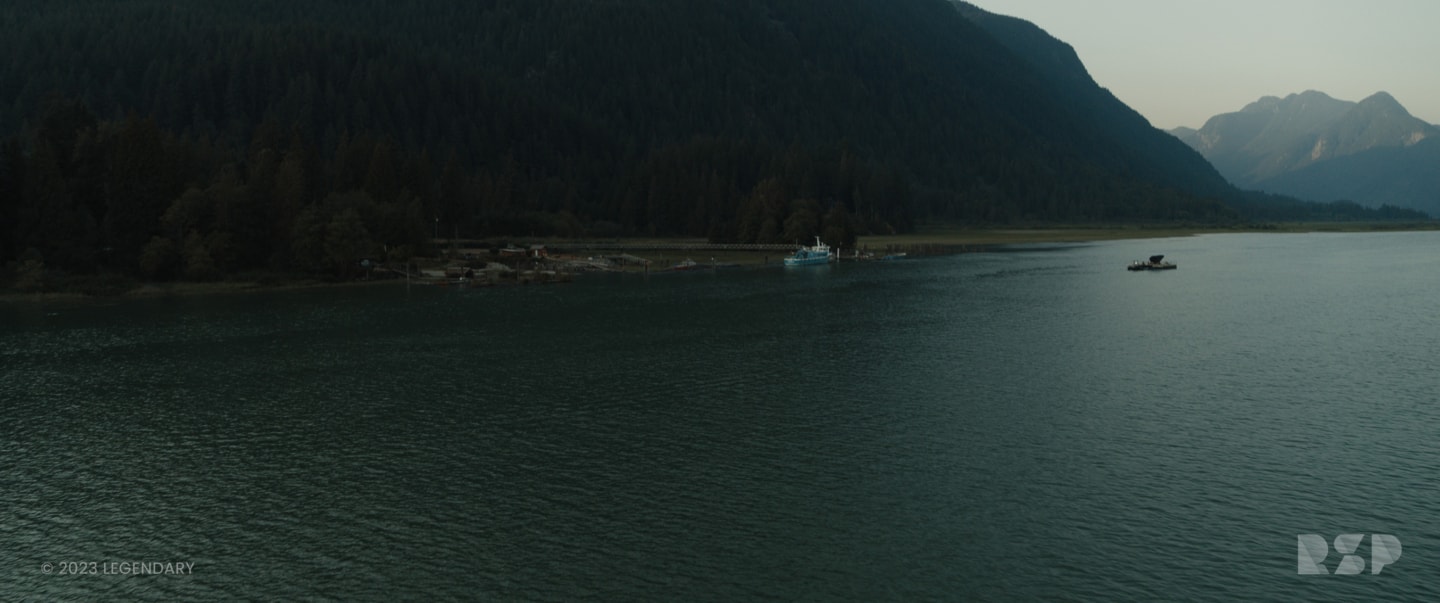
The studio contributed to a very different sequence from episode four. It centers on an exhibition of five larger-than-life, three-dimensional masks. The sculptures are made from rice paper with digital imagery projected onto them and mounted to C-stands. Working from concept art, CG artists produced the masks as semi-transparent 3D elements.
“We came up with a look for the masks that was appealing to the eye, something art collectors might want to buy. They are visually arresting but set into the background environment—a stark, white room—in a way to keep them from being distracting.” RSP VFX Supervisor, Marc Varsico.
“The difficulty, from a compositing perspective, was to convey the sense that the masks are backlit with front-lit projections,” adds Elson. “It took a lot of time to find the right balance to make them play well in the room, and consistently across different angles.” notes Varisco.
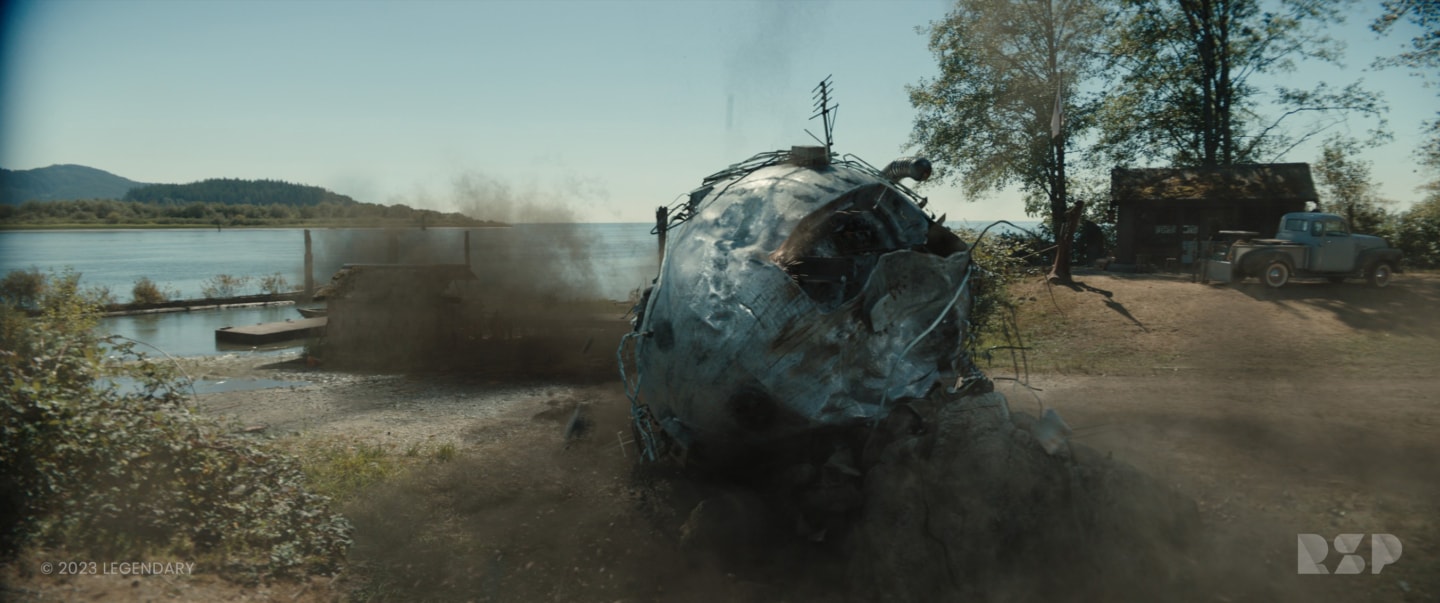
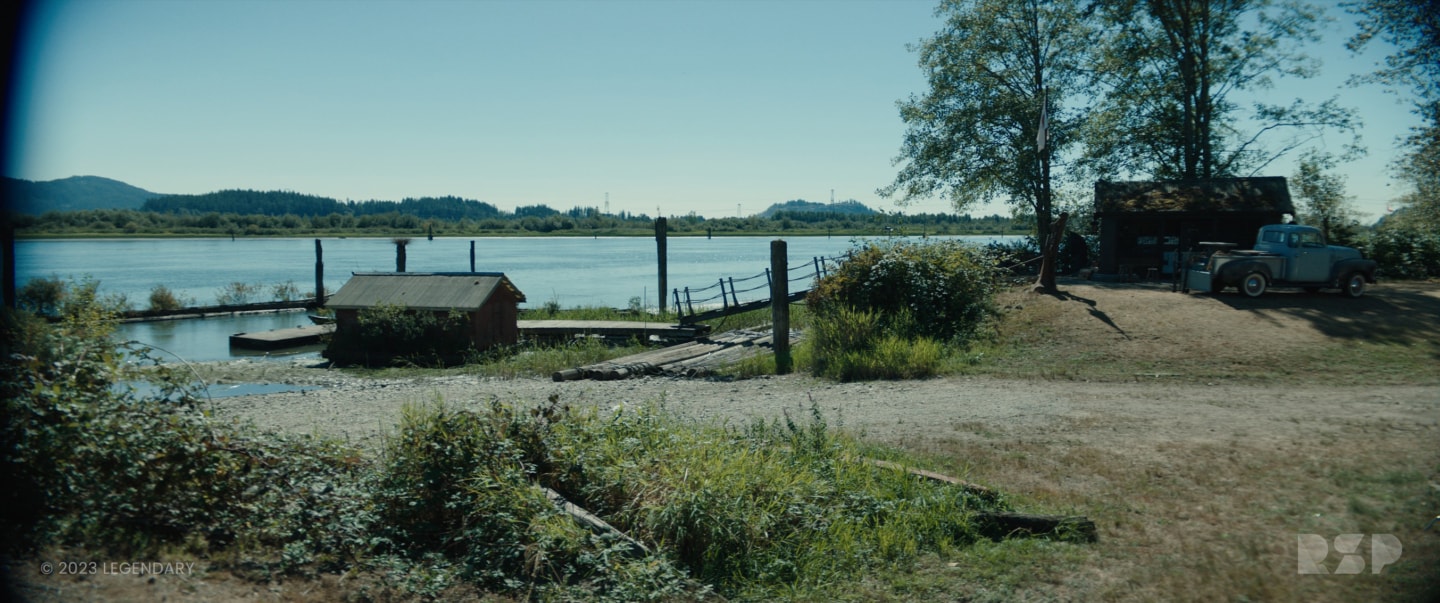
RSP produced a huge water simulation for a scene in which Godzilla appears off the coast of Japan. The series’ protagonists are attempting to attract Godzilla with a spherical beacon called a Suzuki Device that they have placed in the water. It works only too well. Godzilla grabs the suzuki device, spits it out, demolishing the boat house and rendering it in-operable. Godzilla then uses his tail to send a shockwave toward the shore. The wave is massive and moving quickly, swamping a dock. “It covers a distance of three or found hundred meters in seconds,” says Varisco. “Godzilla growls, does a U-turn and swims away.”
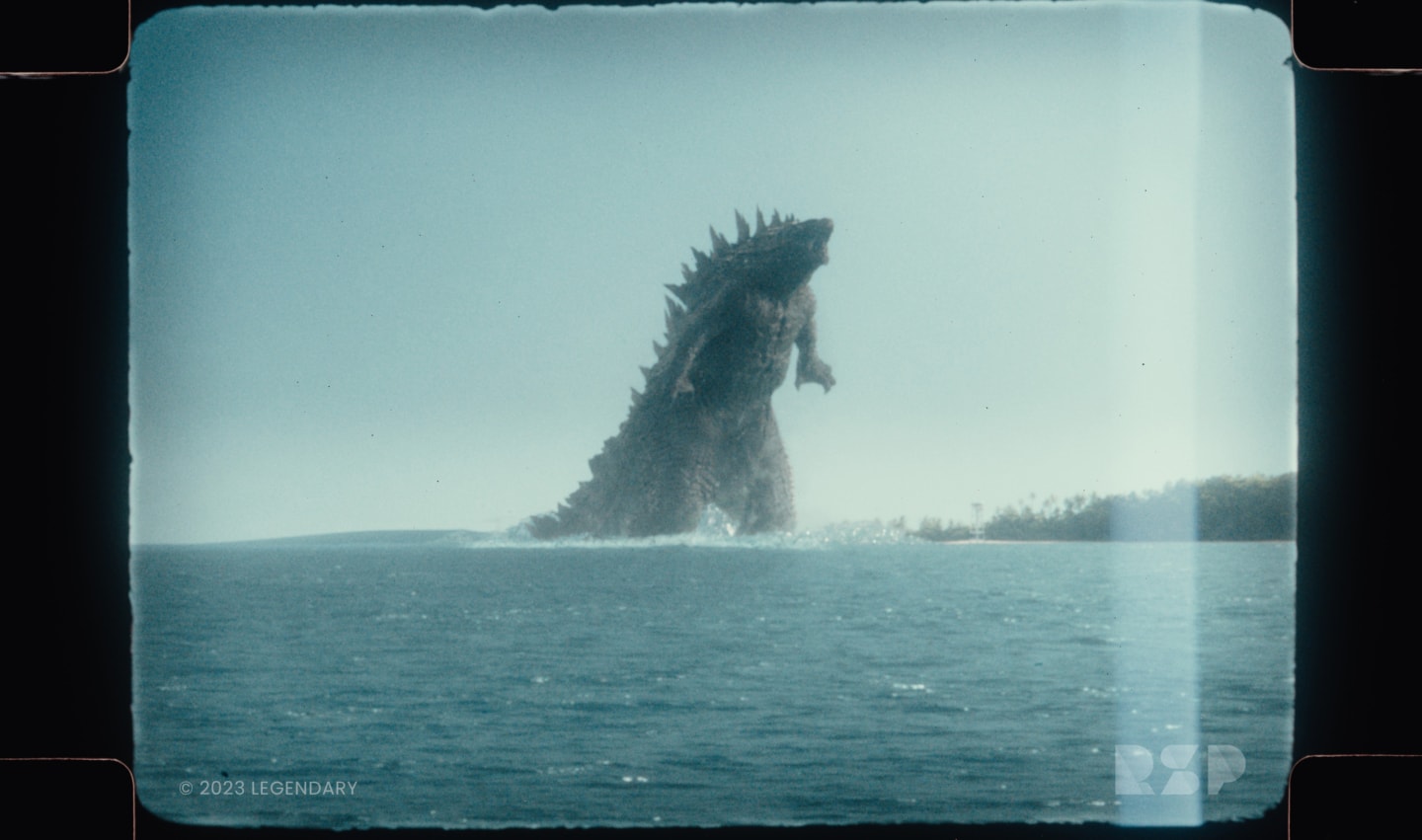
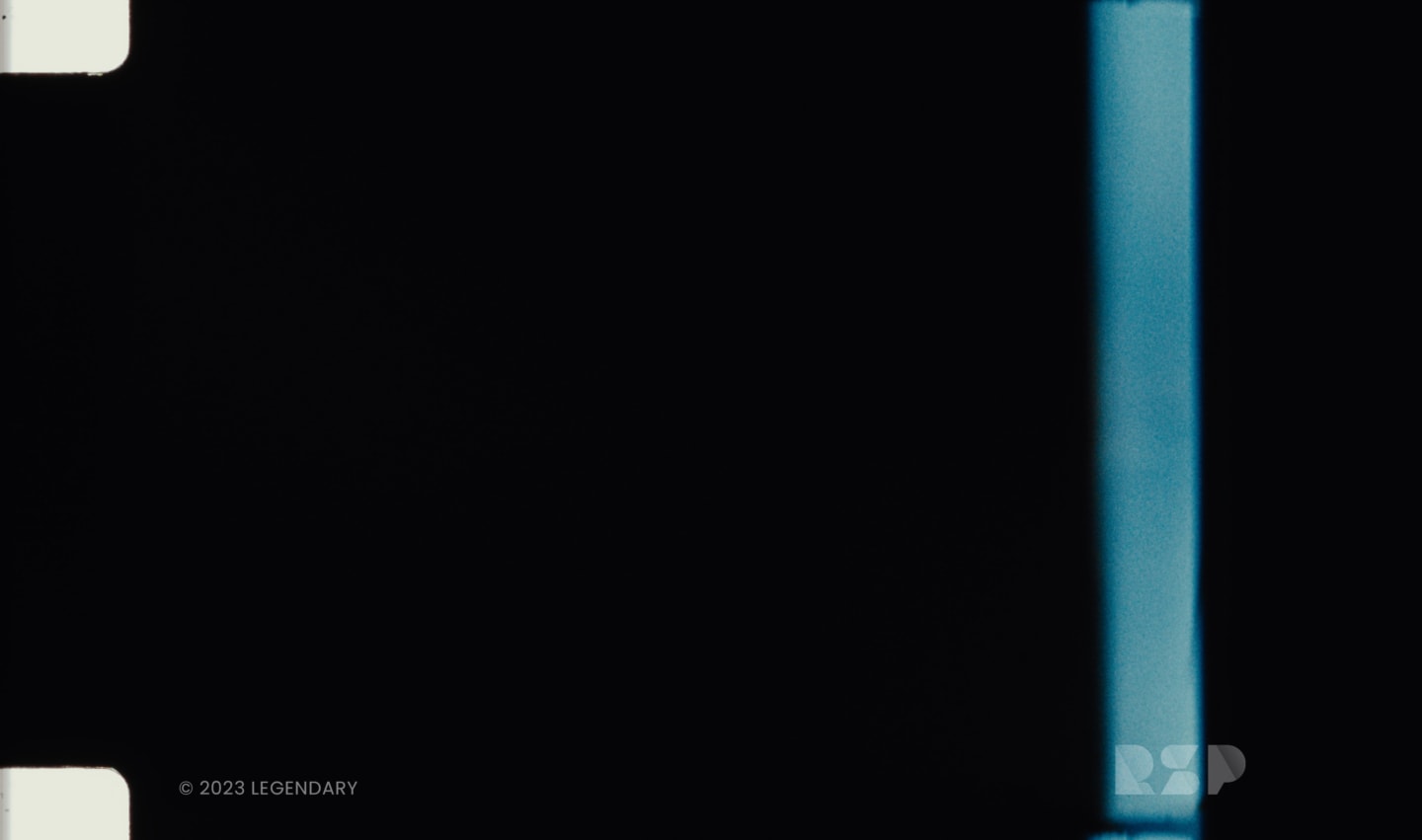
Water effects on that scale are notoriously difficult to produce due to the processing time and attendant lighting effects. “Placing Godzilla into the scene was also a creative challenge,” says Elson. “In previous films, Godzilla is often surrounded by clouds and atmosphere. It’s dark and moody. Here, it’s a beautiful, sunny day. He’s fully open. We didn’t have the luxury of embedding him in a hazy environment or of using atmosphere or other photographic clues to suggest his enormity. There were no shortcuts. We needed complete confidence in the fidelity of our model to hold up to that level of scrutiny.”
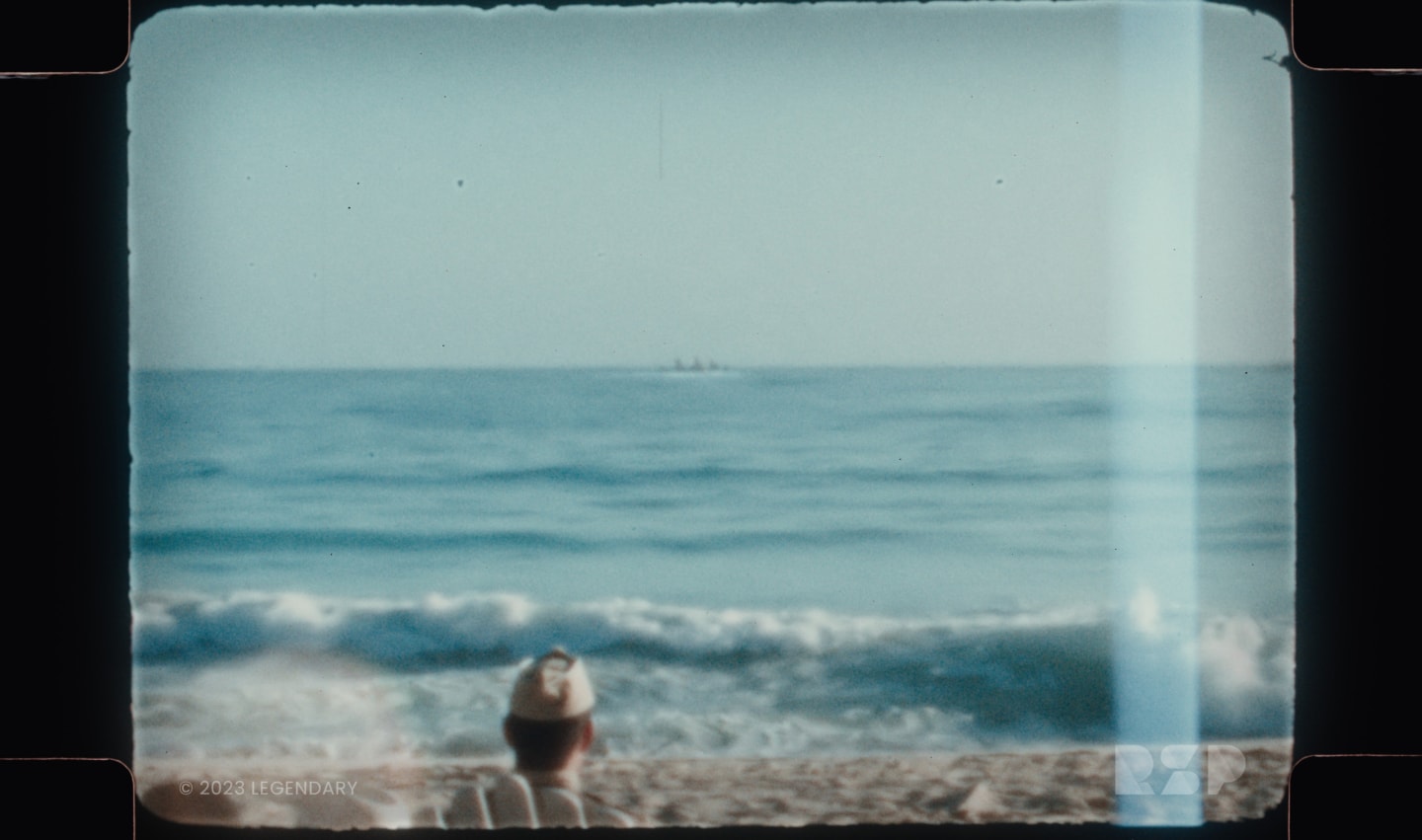
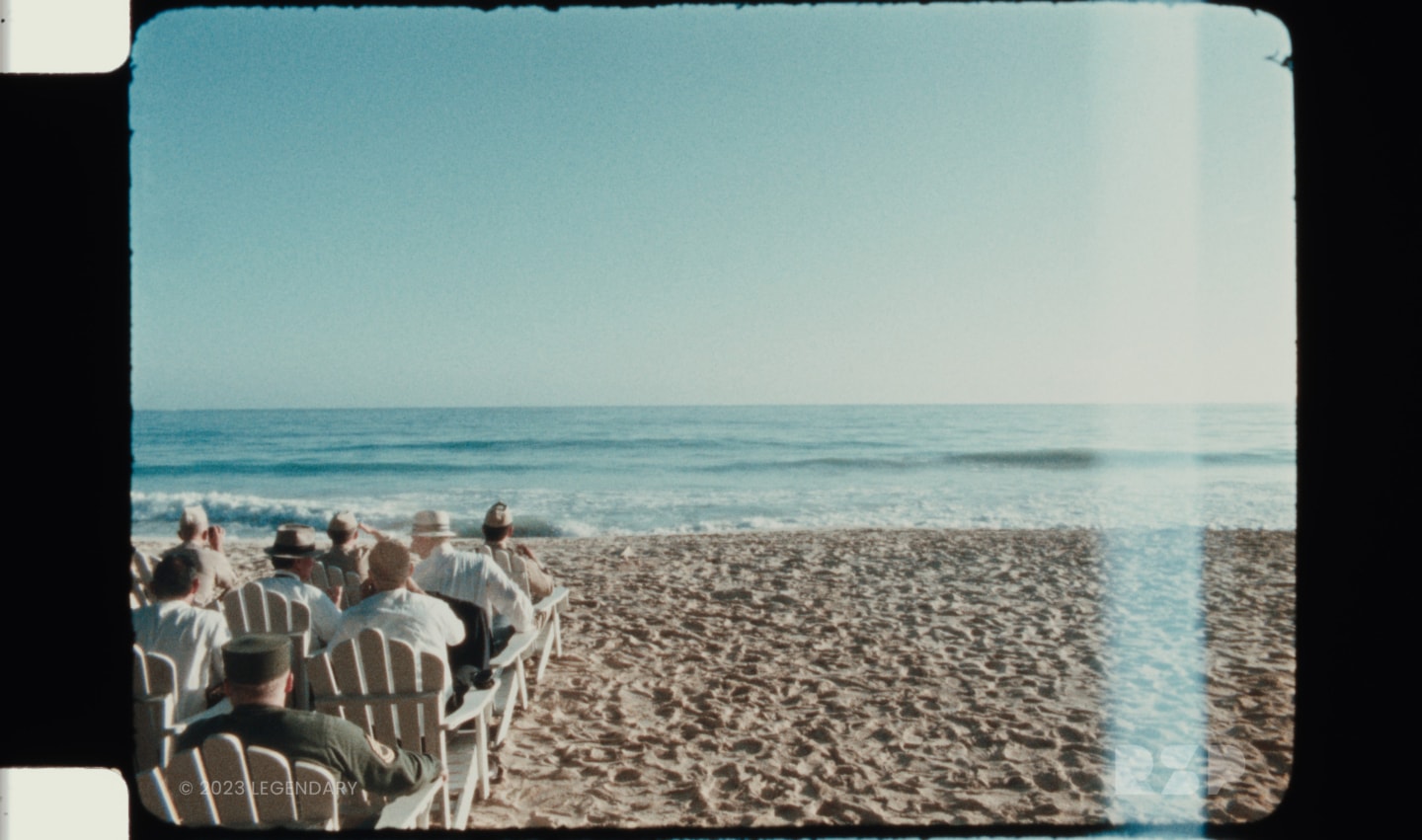
RSP contributed to several sequences across the ten episodes including creating a swarm of butterflies that appear briefly in episode nine. “Our team did amazing work with creatures, environments and simulations on tight deadlines and firm budgets,” says Varisco. “The work was fast-paced and demanding, but we hit every milestone and delivered fantastic shots.”
